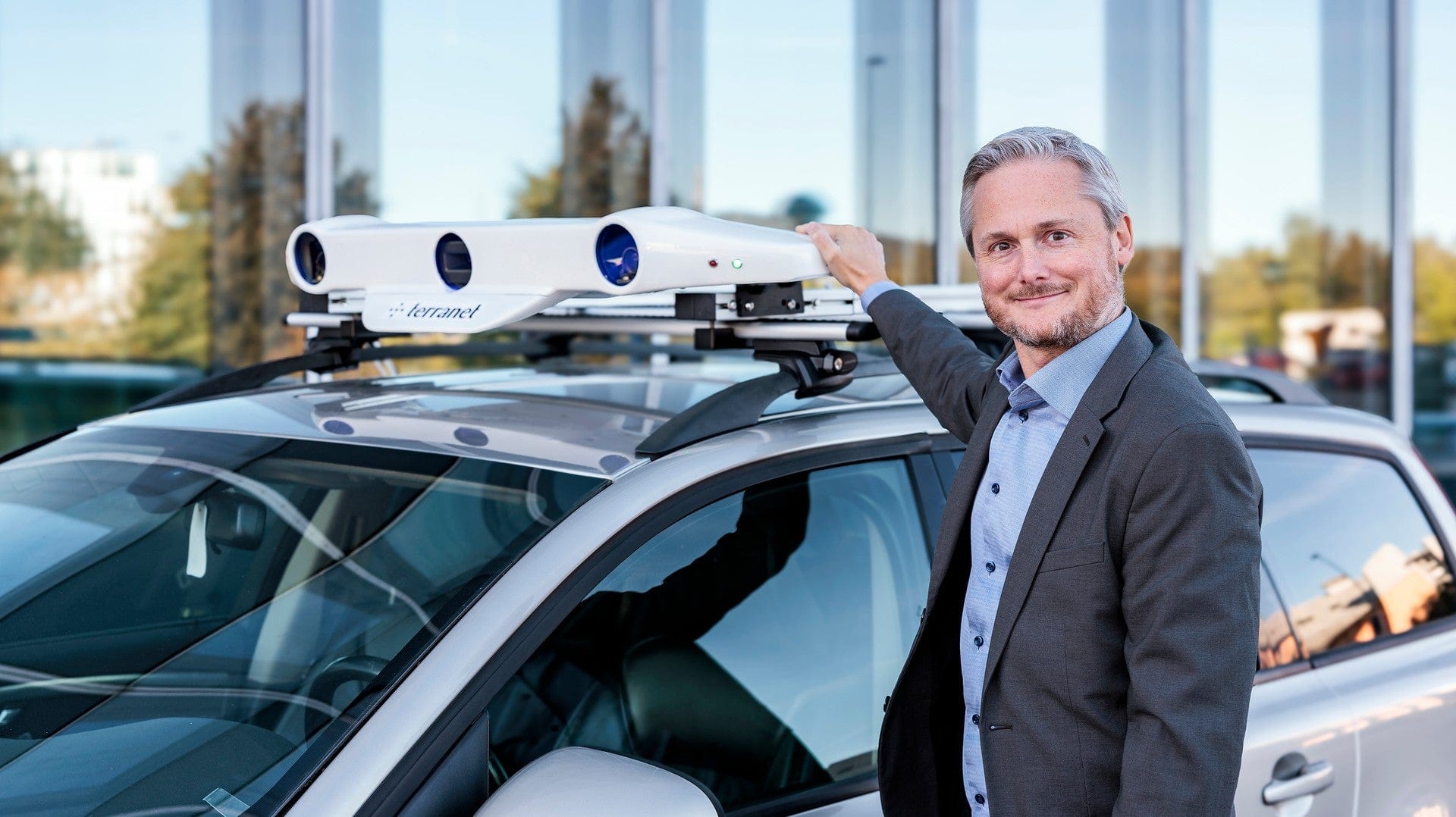Terranet’s BlincVision: A Leap Towards Safer Urban Mobility
Swedish tech firm Terranet is making significant strides in the realm of sensor technology, poised to revolutionize safety across various industries. With its innovative BlincVision system undergoing testing with external partners, the company aims to capture the attention of investors and the automotive industry, with aspirations to expand into entirely new sectors.
Terranet, listed on Nasdaq First North, has engineered BlincVision, an anti-collision system that integrates laser scanners, event cameras, and AI-driven software. This combination enables the system to detect movements and obstacles in milliseconds, primarily designed to enhance safety in urban environments where split-second decisions are critical to preventing accidents.
“In urban settings, events unfold rapidly and simultaneously. BlincVision is specifically designed to manage this complexity, detecting movements in milliseconds. The demand for safety is also increasing as more vehicles incorporate advanced autonomous features,” says Pierre Ekwall, CTO of Terranet.
The urgency for such technology is underscored by global statistics. According to the WHO, approximately 1.19 million people die in road traffic crashes each year, with an additional 20–50 million suffering injuries. These accidents represent a major global public health issue, costing the world billions of USD annually.
How BlincVision Works
BlincVision’s event cameras mimic the human eye, reacting to changes in the environment rather than analyzing entire images. This allows the system to respond up to ten times faster than current anti-collision systems, a crucial advantage in safety-critical situations.
MVP Testing and Positive Feedback
Terranet has launched a Minimum Viable Product (MVP) for external evaluations, allowing potential customers and partners to validate the technology’s performance firsthand.
“The reactions from our partners have been very positive. They have been impressed by the system’s speed and efficiency. We have received several suggestions for applications beyond traditional driver support systems,” notes Pierre Ekwall.
The system’s ease of installation makes it suitable for testing across diverse industries, including defense, industrial applications, and agriculture—environments where rapid decision-making is paramount.
Challenges and Opportunities Ahead
Developing such advanced sensor technology has not been without its challenges.
“This hasn’t been done before. There’s no blueprint—the development has required a combination of research, concept development, and product development,” explains Pierre Ekwall.
This pioneering aspect is what makes Terranet particularly appealing to the market. The company is currently in a phase where its technology is being evaluated by external entities, and commercialization is gaining momentum as these evaluations prove successful.
Looking Ahead to 2026
In 2026, Terranet will focus on business development and ongoing evaluations with external partners. The company also plans to explore additional areas where its technology can add value, further enhancing its commercial potential. The ultimate goal is to forge long-term partnerships and achieve full commercialization.
Key Takeaways:
- BlincVision offers faster reaction times compared to traditional systems.
- The technology has potential applications beyond the automotive industry.
- Terranet is focusing on business development and strategic partnerships in 2026.
This article was produced by Brand Studio in collaboration with Terranet.
Enjoyed this post by Thibault Helle? Subscribe for more insights and updates straight from the source.


